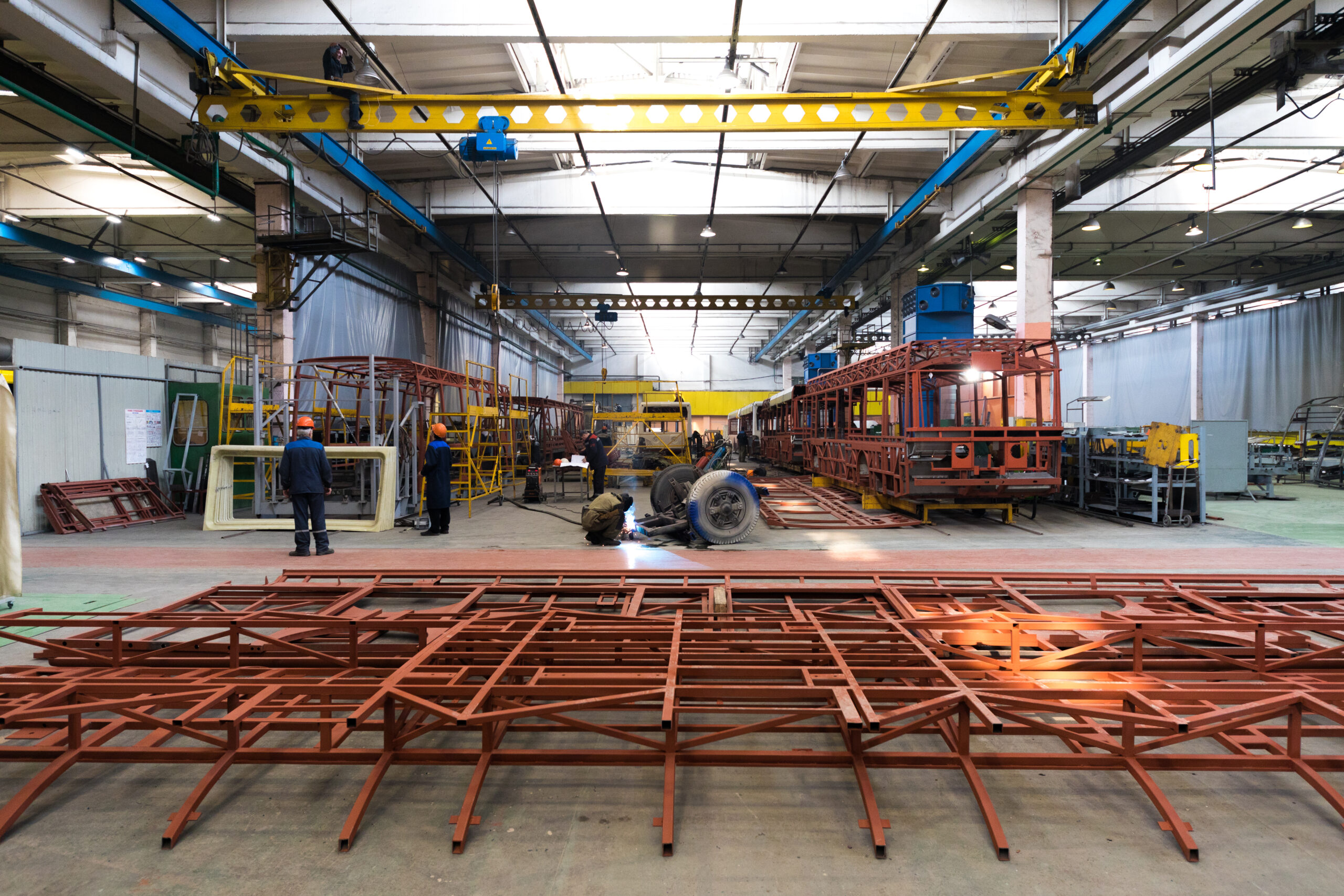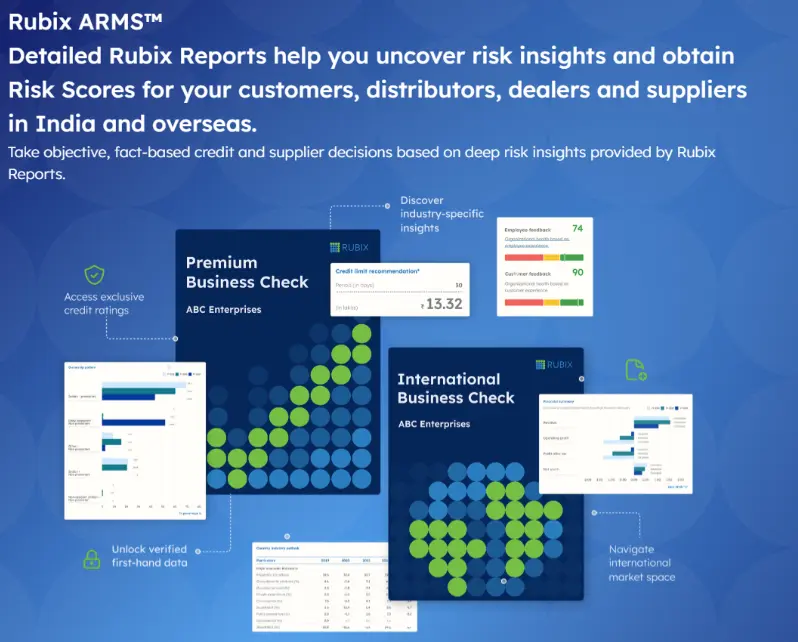The SME Finance Forum was established by the G20 Global Partnership for Financial Inclusion (GPFI) in 2012 as a knowledge centre for data, research, and best practices in promoting SME finance. Vayana has partnered with the SME Finance Forum with the aim to bring thought leadership in the domain of trade finance as well as absorb new learnings from across the globe in the realm of financial inclusion for SMEs. In a recent event hosted in Mumbai, Ram Iyer – Founder & CEO, Vayana along with other industry experts shared their perspectives on the topic, Building Trade Ecosystems for supply chains. In this article, we will share those unique perspectives on what it takes to build thriving ecosystems for supply chains.
It is interesting to see how MSMEs have adapted to changing economic and social landscapes. First with the pandemic where businesses were hit, the segment adapted to doing things digitally – accepting payments, making payments, delivering to the customers’ doorstep, and becoming more aware of the
schemes and policies around to remain buoyant.
Corporates on the other side, started taking proactive steps to get to know their entire supply chain, suppliers, and dealers, better. Finance functions paid close attention to the cash flow and compliance positions of their supply chain partners as they knew the chain would be as strong as the weakest link. Procurement and Distribution functions started pushing for adequate stock/inventory. This started putting further strain on the finances of the already stretched SME enterprises in those supply chains. Additionally, the Russia-Ukraine war, economic disruption due to the rise in interest rates seen globally and increasing volatility around Chinese supplies all added to the existing challenges. These events are forcing a change in the way businesses in India source, manufacture, distribute, and transact. For example, localizing manufacturing and building on the Chain + 1 strategy has become increasingly important for large economies across the globe to be compliant, sustainable, and resilient. This phenomenon is also creating once-in-a-lifetime opportunities for Indian businesses.
A closer look at home
India today is home to 63 Mn MSMEs which employ roughly 110 Mn people and contribute to 30% of India’s GDP. The country’s JAM trinity (Jan Dhan, Aadhar, and Mobiles) has played an instrumental role in giving people a digital identity, financial well-being, and digital literacy. Supply chain functions today, are trying to bring SMEs closer to the corporates via Digital Footprints and Storefronts with such a robust digital public infrastructure (DPI) in place. Some of the outcomes are as under:
- Digitalization brought a surge in business activities after 2020, as enterprises realized the importance of financing.
- Traditional warehouse financing has increased since they moved to the electronic system of receipts.
- E-documents have helped cut down the time to onboard new customers and reduce the cost of acquisition.
Sustainable Trade Ecosystems for SME Financing
Though access to credit is extremely important for SMEs, the approach should be about building trade ecosystems that provide access to convenient, timely and affordable trade credit for SMEs. The focus should be on transitioning SMEs from credit-unready to credit-worthy. A major proportion of SMEs located
in the remotest regions are completely isolated from the formal financing ecosystem. The key is to reach out to those last-mile businesses through ways they understand:
- Education: What are the benefits of the platform, how can you avail and improve your business health score, how can you become discoverable to large anchors, are you compliant?
- Communication: Talk the language MSMEs understand. Learn where they are present and what their top 3 business priorities are w.r.t cash flow management, credit, and compliance.
- Driving Efficiency, one link at a time: Financing works in a continuum, for fintechs and FIs to be efficient, closing the gap between trade finance and consumer finance will be key for suitable movement between supply chains.
Zooming out on cross-border trade
MSMEs play a key role in the cross-border trade of any country. In India particularly the sector contributes more than 42% to the total exports of the country. Despite its significance out of the total trade finance gap of USD 2.5 trillion MSMEs account for more than 70% of the gap.
International trades are extremely complex and still run on a very traditional system, it has been one of the prime laggards in the journey of digitization. Paper-based transactions, which still dominate cross-border trade, are a source of cost, delay, inefficiency, fraud, and errors. In addition, the challenges w.r.t different jurisdictions in different countries, make it even more difficult for any financial institution to operate in the space.
Let us now dive into some of the emerging trends that will shape the next wave of building ecosystems for stronger supply chains.
- Growth in Entrepreneurial Energy – A tech-driven society especially young players adopting to latest tech and business modes, and in return demanding quick and reliable solutions.
- New approach for the last mile – Fintech is coming up with innovative solutions around cash flow-based lending using technology to improve financial inclusion and access to affordable credit for last-mile businesses.
- Digitization of B2B Trade – Steep digitization in the B2B trade landscape with open platforms like ONDC will completely overhaul the processes. Integrated payment systems with accounting and automatic reconciliation will improve records and bookkeeping creating a goldmine for the lending fintech and regulated players to gain from.
- Legal Entity Identifier – This initiative by the central bank will significantly bring down the cost of lending as well as add an additional degree of authenticity to collaterals.
- MLETR (Model Law on Electronic Transferable Records) – One of the steppingstones in the digitization of cross-border trade processes, enabling the legal use of electronic documents both domestically and internationally. Thus, removing bureaucracy, costs, and delays, speeding up transactions, and increasing overall profitability resulting in better and increased financing of cross-border trades across the globe.
Overall, the discussion dived into diverse aspects of the MSME journey, especially through the disruptions faced in the last few years. The role of technology and how DPIs have led to increased financial inclusion and improved efficiency in reaching out to smaller businesses with different credit solutions. This has been a very encouraging start to a very long and challenging journey, there is a need for all stakeholders be it industry, banks, fintech, or regulators to be in sync in reaching out to last-mile businesses. It’s a huge market opportunity that is yet to be tapped to its full potential, there have been some breakthroughs in the right direction and we’re hopeful to see many more in our goal of building sustainable trade ecosystems for smaller businesses.








